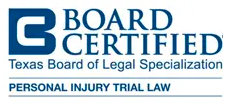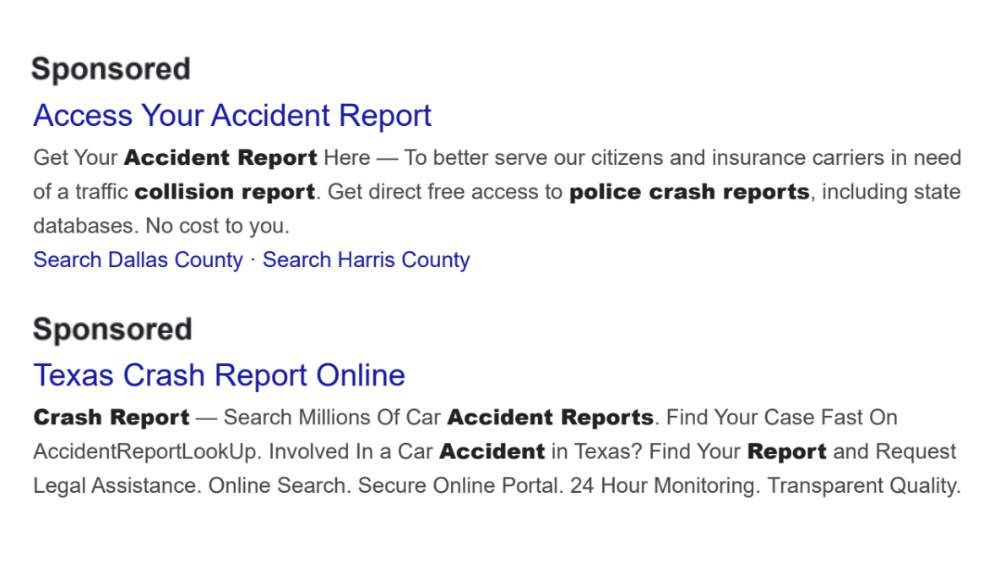9400 Grogan’s Mill Road, Suite 305, The Woodlands, Texas 77380 • CALL TODAY FOR A FREE CONSULTATION : (832) 592-1108
9400 Grogan’s Mill Road, Suite 305, The Woodlands, Texas 77380 • CALL TODAY FOR A FREE CONSULTATION : (832) 592-1108
Non-Subscriber Workers' Compensation Cases

In the vast expanse of the Lone Star State, where industries thrive and commerce surges, the landscape of workers' compensation takes on a unique hue. Texas stands as the only state that does not mandate workers' compensation insurance for employers. This phenomenon has given rise to what are commonly known as "non-subscriber" employers - those who opt out of the state's workers' compensation system.
Many jobseekers in Texas are surprised to learn just how common non-subscriber employers really are. Furthermore, if an on-the-job injury occurs, workers face an uphill battle toward maintaining financial security.
In this article, the workplace injury lawyers at Wham & Rogers delve into the intricacies of non-subscriber workers' compensation cases in Texas. This article sheds light on the rights of workers and the legal terrain they must navigate when injuries occur.
Anyone injured in an accident while working for a non-subscriber employer should take time to explore their legal rights. Wham & Rogers can help. Call our Spring, Texas workplace injury team at (832) 592-1108.
Non-Subscriber Employers: An Overview
In Texas, employers have the option to subscribe to the state's workers' compensation system or operate as non-subscribers. While subscribing to the system grants certain legal protections to both employers and employees, non-subscribers choose to manage workplace injuries and compensation claims independently. This choice has its ramifications, creating a distinct legal framework for both employers and workers.
Rights and Challenges for Injured Workers
For employees of non-subscriber employers, being injured on the job can be a daunting experience. While the state's workers' compensation system provides a streamlined process for handling claims, non-subscriber cases often involve more complex legal considerations. Injured workers of non-subscriber employers have the right to file lawsuits against their employers to seek compensation for medical expenses, lost wages, and pain and suffering. However, these cases are subject to traditional personal injury laws, which necessitate proving negligence on the part of the employer.
One of the challenges faced by injured workers pursuing non-subscriber cases is the need to establish negligence. In workers' compensation cases, negligence doesn't need to be proven; benefits are provided regardless of fault. In contrast, non-subscriber cases require injured workers to demonstrate that the employer's negligence directly caused the injuries. This places a heavier burden on the injured party, often leading to prolonged legal battles.
Jobseekers and current employees can see a list of employers in Texas who are non-subscribers by visiting the Texas Department of Insurance website. The TDI offers information on employer coverage, how to report an injury, and how to file a complaint.
Employees of non-subscribers will also find it helpful to consult with a workplace injury lawyer.
Proving Negligence in Workplace Injury Claims
Proving negligence in a workplace injury claim involves demonstrating that the employer or another responsible party failed to meet their duty of care, leading to the injury. To successfully establish negligence, several key elements need to be shown:
Duty of Care
The first step in proving negligence is establishing that the defendant (usually the employer) owed a duty of care to the injured party (the employee). In a workplace context, employers have a legal obligation to provide a reasonably safe environment for their employees.
Breach of Duty
To prove negligence, you must show that the defendant breached their duty of care. This means that they failed to take reasonable steps to prevent the injury. You need to demonstrate that the defendant's actions (or lack thereof) deviated from what a reasonable person or employer would have done in similar circumstances.
Causation
You must establish a direct link between the defendant's breach of duty and the injuries suffered. In other words, you need to show that the breach of duty was the proximate cause of the injuries. If the injury would not have occurred "but for" the defendant's negligence, you have a stronger case for causation.
Damages
In a negligence claim, you need to prove that you suffered actual damages. This can be proven using documentation of medical expenses, lost wages, pain and suffering, emotional distress, and more. The damages must be directly related to the injuries caused by the defendant's negligence.
To build a strong case of negligence, workers must gather as much evidence as possible to support their claims.
Legal Battles and Compensation
The legal battles stemming from non-subscriber cases in Texas can be intricate and protracted. Injured workers must contend with legal teams representing their employers, often backed by robust resources. This power dynamic can make it difficult for injured workers to secure the compensation they deserve. As these cases wind their way through the court system, medical bills mount, and lost wages exacerbate the financial strain on the injured party.
Moreover, the compensation obtained through non-subscriber cases may not always match the benefits provided by the state's workers' compensation system. While workers' compensation ensures coverage for medical expenses and a portion of lost wages, non-subscriber cases may result in higher payouts for pain and suffering but may not guarantee the same level of financial support for medical costs.
Safety Measures and Employer Practices
To mitigate the risks associated with non-subscriber cases, it is essential for employers to prioritize workplace safety. Non-subscriber employers can implement robust safety measures, training programs, and risk management strategies to minimize the occurrence of workplace injuries. By actively fostering a culture of safety, employers can not only protect their workforce but also reduce the likelihood of costly legal battles stemming from injuries.
Additionally, employers can consider implementing alternative forms of insurance coverage or injury benefit plans for their employees. These plans, while not the same as traditional workers' compensation, can provide a level of financial support in case of workplace injuries. Such measures can demonstrate a commitment to employee well-being and potentially reduce the motivation for injured workers to pursue legal action.
The Role of Legal Counsel and Mediation
Injured workers of non-subscriber employers face the uphill task of proving negligence to secure compensation, often leading to prolonged legal battles. While the state's workers' compensation system offers a more streamlined process, non-subscriber cases afford injured parties the opportunity to seek higher compensation for pain and suffering.
Given the complexity of non-subscriber cases, legal representation is crucial for injured workers. Competent legal counsel can navigate the intricate web of personal injury laws, helping injured parties build strong cases.
Get a Free Workplace Injury Consultation
If you have suffered a workplace injury while working for a non-subscriber, contact Wham & Rogers as soon as possible. With a free consultation, you can find out what your rights and options are to obtain compensation for your injuries. Our Spring, Texas lawyers have been helping injured victims obtain justice and compensation for more than 60 years combined.
Start your free consultation by calling us at (832) 592-1108, or by completing our online contact form.



The information on this website is for general information purposes only. None of the information on this site should be taken as legal advice for any individual case or situation. This information is not intended to create, and receipt or viewing does not constitute, an attorney-client relationship.








9400 Grogan’s Mill Road, Suite 305, The Woodlands,
Texas 77380.
Free Consultations 24/7
Phone: (832) 592-1108
Text: (832) 413-1428
RECOGNIZED LEADERSHIP
9400 Grogan’s Mill Road, Suite 305, The Woodlands, Texas 77380
Free Consultations 24/7
Phone: (832) 592-1108
Text: (832) 413-1428
LATEST NEWS and
ANNOUNCEMENTS

The information on this website is for general information purposes only. None of the information on this site should be taken as legal advice for any individual case or situation. This information is not intended to create, and receipt or viewing does not constitute, an attorney-client relationship. The verdicts and settlements listed are representative and are not a guarantee or prediction of the outcome of other claims.
All Rights Reserved | Wham & Rogers™
Website Design Experience Provided By: igniteDBS









